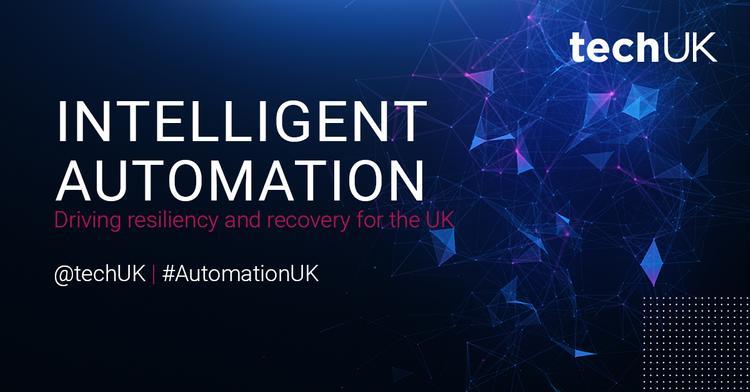Decision automation is an inflection point for intelligent automation. Here’s why
techUK member Rainbird argues a new breed of intelligent automation technology that can reason in highly complex scenarios and automate decisions at rates that are 100 times faster and 25 per cent more accurate than humans is now possible, if you get deployment right. Part of techUK's Intelligent Automation Week. #AutomationUK

Gartner predicts that, by 2022, 90 per cent of organisations will be using robotic process automation (RPA). Of those that do, most will be doing so in the name of operational efficiency.
But, unrecognised by some, the growth curve of enterprise automation has hit an inflection point. The cause is a new breed of intelligent automation technology that can reason in highly complex scenarios and automate decisions at rates that are 100 times faster and 25 per cent more accurate than humans.
This new category of truly intelligent decision automation means it is now possible for organisations to not just drive efficiency but also create significantly better decisions and outcomes for clients. It is also engendering a new generation of digital robo-advisory tools and services that are auditable and therefore much more trustworthy.
The adoption of decision-automation technology in organisations typically stems from three key realisations.
Firstly, there is a tremendous cost to inconsistent human decision-making. Humans don’t just struggle with bias (of which there are over 180 types), but, as Daniel Kahneman’s work on human judgement shows, they also struggle with quality inconsistency (Kahneman terms this ‘noise’). Even decades of experience performing the same complex tasks (insurance underwriting, fraud analysis, medicine) does not insulate intelligent decision makers from common errors in their reasoning. To err is human, and in part that is because we cannot ‘propagate’ uncertainty and probabilities well when trying to reason an optimal answer.
Intelligent automation technology now exists so organisations of any kind can augment huge swathes of company decision making that is traditionally assigned to employees. Powerful inference engines ensure that staff can make higher quality decisions consistently and quickly, enabling them to focus on the things technology is poor at, such as being creative, building rapport with and listening to customers.
Secondly, RPA and decision trees can’t handle the complexity required to reason when making the types of decisions that most organisations need to automate. We are addicted to the simplicity of ‘if-this-then-that’ logic, but it only gets so far and quickly becomes completely unwieldy. The answer is not to create numerous decision trees that can cater for every outcome. Better to create holistic, reusable models of knowledge that do not place an upper limit on the level of complexity that can be handled. This multi-dimensional approach to knowledge modelling and decision automation is vastly more capable than the task-oriented automation of RPA alone.
Thirdly, machine learning can only deliver a prediction. That’s why so many firms have experienced problems when using machine learning to make judgements. Machine learning’s most common application is to analyse data, not automate judgements—at least in regulated markets where the rationale for a decision cannot be opaque. Apple’s credit card algorithm fiasco, in which male applicants received much better credit offers than female applicants did, illustrates a point that every organisation should understand. Machine learning alone can only provide a prediction and the judgement must come from elsewhere, usually a human.
However, truly intelligent automation technology can enable humans to retain ultimate control over how judgement is modelled and applied to data, rather than allow black box patterns derived from data to be imposed on humans.
Right now, banks are using truly intelligent automation to apply automated judgement to suspicious transactions that their machine learnt monitoring systems have flagged as potentially fraudulent.
Big Four accounting firms are using truly intelligent automation to productise the tax and advisory expertise of their accountants, amplifying their ability to scale critical business services to more customers, faster.
The NHS is using truly intelligent automation to automate COVID risk assessments for thousands of employees, using a model of occupational health expertise that took just six hours to build.
These examples are proof that the unstoppable trajectory of ‘intelligent automation’ has reached a new inflection point. Those who can join the journey will be able to harness the benefits of this new category, which is not only delivering efficiency; it's also empowering human workers to deliver demonstrably better outcomes for their clients and giving organisations an opportunity to create a new generation of digital products and services.

James Duez
James Duez is a technologist, entrepreneur and the co-founder and CEO of Rainbird, a leading intelligent automation scale-up.
You can read all insights from techUK's Intelligent Automation Week here

Laura Foster
Laura is techUK’s Associate Director for Technology and Innovation.







